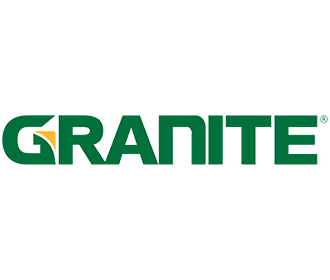Modal title
Derby Dam Stories

“This day is 100 years in the making. It’s a milestone for the history of reclamation. It’s about the balance we can find when we are willing to reinvest in our infrastructure…we’ve very proud of what everyone is working on.”
– LISTEN to BRENDA BURMAN
Bureau of Reclamation Commissioner, from the groundbreaking ceremony
One of the first Reclamation projects in the West.
The construction of the Derby Dam, completed in 1905, was the first project of the newly formed U.S. Reclamation Service (now Bureau of Reclamation) organized under the Reclamation Act of 1902. Lahontan Cutthroat Trout (LCT) in the Truckee Basin were once so numerous that a robust commercial fishery existed. After the completion of the Derby Dam in 1905, LCT lost access to their spawning habitat which eventually lead to their extirpation in the Truckee Basin.
A continued focus on collaboration.
The partnerships behind the Derby Project are the foundation for its collaborative approach. Innovative solutions have already helped to reduce risk, optimize schedules, adhere to timelines, cost-effectively manage the project budget, and create cutting edge solutions. One example of this includes Early Contractor Involvement with construction partner Granite, who was selected during the design phase of the project. Using this approach for the project has had value engineering benefits and strengthened the collaborative dynamic of the project between all partners.
Recovering a species.
In the 1970s an out-of-basin population was discovered on the border of Utah and Nevada in the Pilot Peak Mountains. Taxonomists at the time thought that it originated from the original Pyramid Lake population that was native to the Truckee Basin. Beginning in 1995, the Lahontan National Fish Hatchery Complex (LNFHC) developed a conservation broodstock intended for use in the recovery efforts in the Truckee Basin system. Remarkably, Pilot Peak LCT were observed spawning in 2014, the first time natural reproduction of LCT has been documented in over 80 years.
Solutions that are cost-effective and efficient

“The fish screen that we are groundbreaking for today is innovative. It will protect the wild spawn trout in the truckee allowing them to move from derby dam to spawning habitat and back to pyramid lake each season. Naturally sustaining the lake population for the first time in 100 years.”
– LISTEN to Jody Holzworth
Deputy Regional Director, U.S. Fish and Wildlife Service, from the groundbreaking ceremony

“The fish screen that we are groundbreaking for today is innovative. It will protect the wild spawn trout in the truckee allowing them to move from derby dam to spawning habitat and back to pyramid lake each season. Naturally sustaining the lake population for the first time in 100 years.”
– LISTEN to Jody Holzworth
Deputy Regional Director, U.S. Fish and Wildlife Service, from the groundbreaking ceremony

How the Farmers Screen™ works.
The Farmers Screen™, provided exclusively by Farmers Conservation Alliance (FCA), is a horizontal flat-plate screen upon which National Marine Fisheries Services established its horizontal fish screen criteria for the protection of anadromous salmonids.
The horizontally oriented fish screen is unique in this it will work with the diverted flow of water rather than against it, providing consistent fish protection by allowing fish and debris to move above and over the surface of the screen material.


Award-winning collaboration.
Lorem ipsum dolor sit amet, consectetur adipiscing elit. Duis dolor justo, dictum et tellus vitae, pretium porta tellus.





